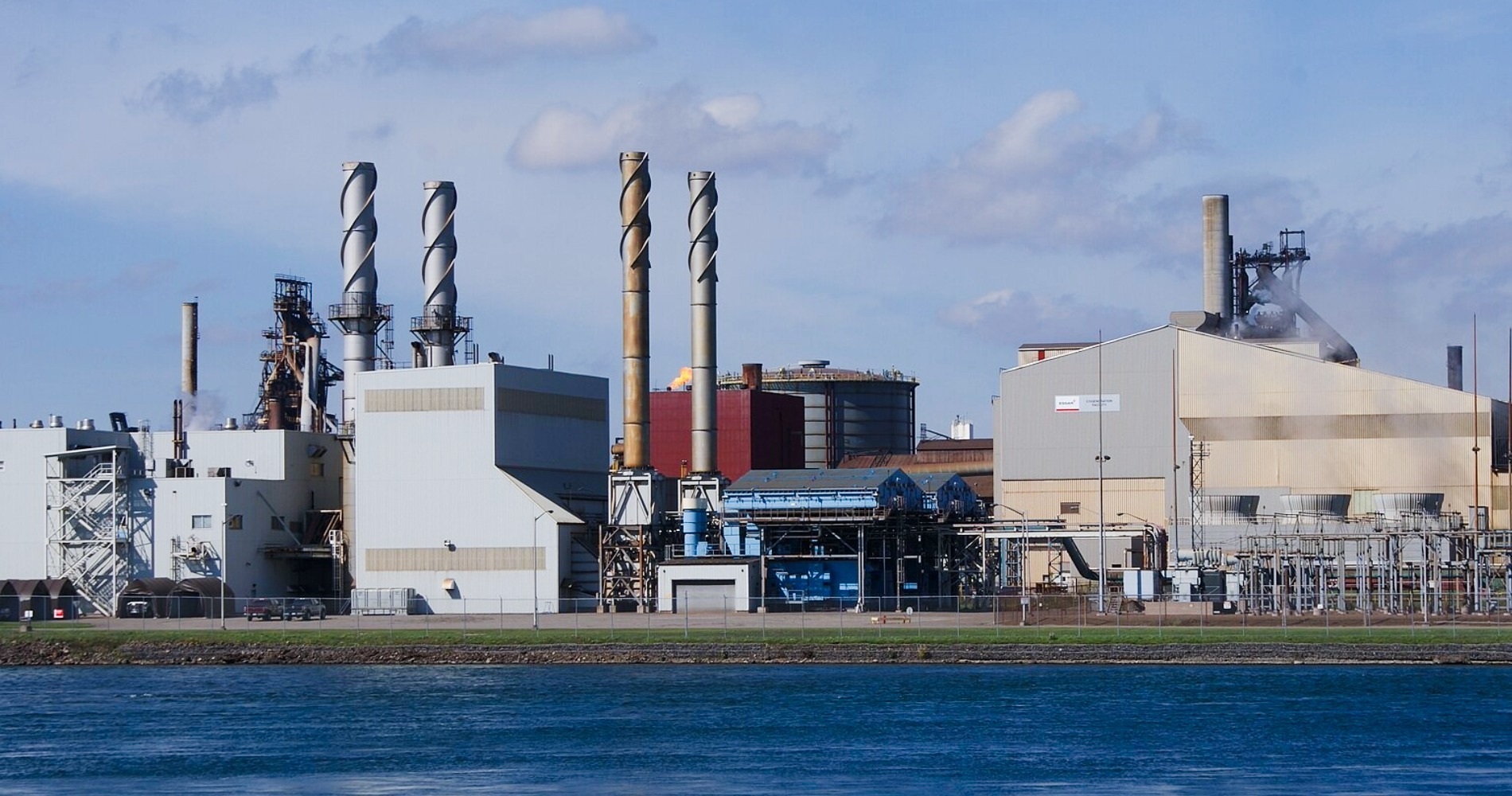Horrific floods underscore need for increased capacity
VANCOUVER — The BC government was clearly warned over a decade ago that staffing levels at its River Forecast Centre (RFC) were far below those at similar operations in Oregon and Alberta and that more than a doubling of employees was needed to provide effective flood-risk assessment and early notice to communities in harm’s way.
The warning is contained in a 38-page report written by Jim Mattison, a former senior-ranking member of the provincial Ministry of Environment, who for years was BC’s water comptroller. The report is noted in a new investigation published today by the BC office of the Canadian Centre for Policy Alternatives. Mattison submitted the report to the Province in November 2010, after he had left government to become a consultant.
The Mattision report noted that the RFC’s staffing needed to rise from 5.5 employees to a minimum of 12 if the agency was to provide effective critical warnings to vulnerable communities threatened by floods. The late issuance of warnings by the RFC in the days and hours leading up to the horrendous flooding that has devastated Abbotsford, Merritt, Princeton and First Nations communities in recent weeks is coming under increasing scrutiny. The agency’s employee levels remain unchanged to this day.
Mattison’s report noted that in Alberta, a province nearly 300,000 square kilometres smaller than BC, the number of people working at its Edmonton-based river forecast centre was 24. In the US Pacific Northwest, which is 200,000 square kilometres smaller than BC, its Portland, Oregon-based river forecast centre employed 16 people.
In BC, by comparison, the figure was 5.5 full-time employees, of which only two, were actually tasked with the critical work of forecasting what might happen to rivers in the province in response to heavy rainfall events or rapidly melting snowpacks.
“The 5 forecasters working in Portland are supported by 5 hydrologists; the 6 forecasters in Edmonton are supported by 6 forecast technologists and 5 river engineers and technologists. BC has 2 forecasters with a single engineer,” Mattison noted in his report.
He went on to recommend that “at least 6 and preferably more” river forecasters were needed in BC given the complexity of the province’s terrain and its expansive river systems. That would mean hiring at least four more forecasters and then hiring at least another three support staff to assist those forecasters in their work.
Hiring seven more staff, Mattison emphasized, “is the bare minimum needed to meet the criteria of adequate and timely forecasts in a time of changing climate and rapid growth.”
Mattison’s report stressed that more than doubling the River Forecast Centre’s staff was critical given climate change. “Rain intensities will be higher and durations will be longer,” he warned, adding:
“Community flood protection will require serious review with more floodplain planning, better flood protection works and floodproofing requirements behind dikes. Most importantly, there will be more emergency response planning and greater call for earlier and more accurate warnings of flood events,” Mattison wrote.
Mattison’s recommendations have not been acted on for more than 10 years, says CCPA resource policy analyst Ben Parfitt.
“There are still only five employees working directly on river forecasting to this day, managed by one other person who also has responsibility for flood safety,” says Parfitt. “We need to immediately bump up that 5.5 staffing level. The River Forecast Centre is supposed to be there to provide critical early warnings that set in motion provincial emergency response plans that help communities in harm’s way. The earlier and more accurate those warnings are, the more effectively coordinated provincial and local responses can be as rivers approach flood stage.”
-30-
For media inquiries, contact: [email protected].


